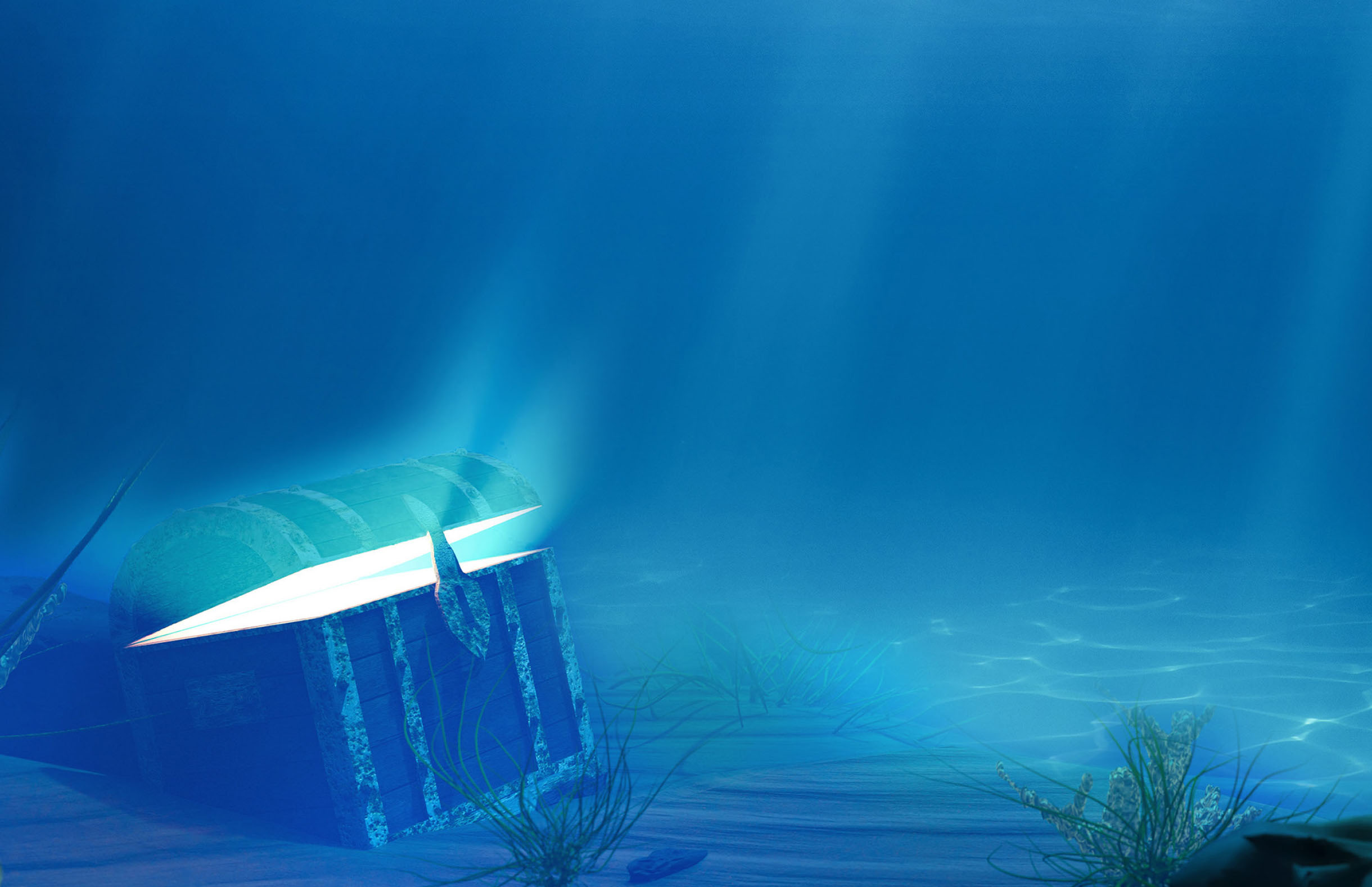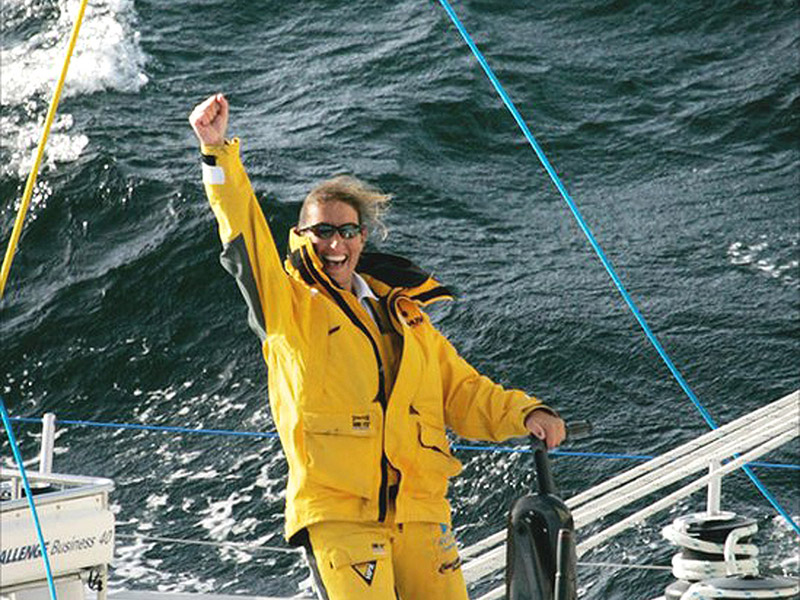
Maybe you have read Michael Morpurgo’s wonderful book Alone On A Wide Wide Sea. Maybe you haven’t.
It’s one of those books that takes you on a long journey and you’re never quite sure of what’s going to happen next. As you might expect, given the title of the book, the sea comes into the story a lot.
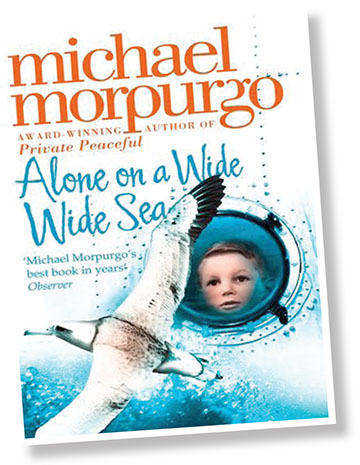
Michael Morpurgo’s inspiration? “This whole story started with that great poem, The Rime Of The Ancient Mariner by Coleridge”, he said in a radio interview in 2008.
“And the fact that when I was at school The Rime Of The Ancient Mariner was a poem we had to learn from beginning to end, and I remember seeing an illustrated edition of it with this amazing albatross fying out of the page at me. So I think that’s what it was. I wanted to bring that poem into a modern story.”
Without giving anything away, Michael Morpurgo’s tale does give you a good idea of what it’s like to be alone on a wide, wide sea for a long, long time with only a big, big albatross for company. In the story The Rime Of The Ancient Mariner comes up again and again especially when one of the main characters sets out to learn the poem by heart. That’s a huge challenge in itself. Even shortened versions of the poem have 143 verses, some with four lines and some with six lines.
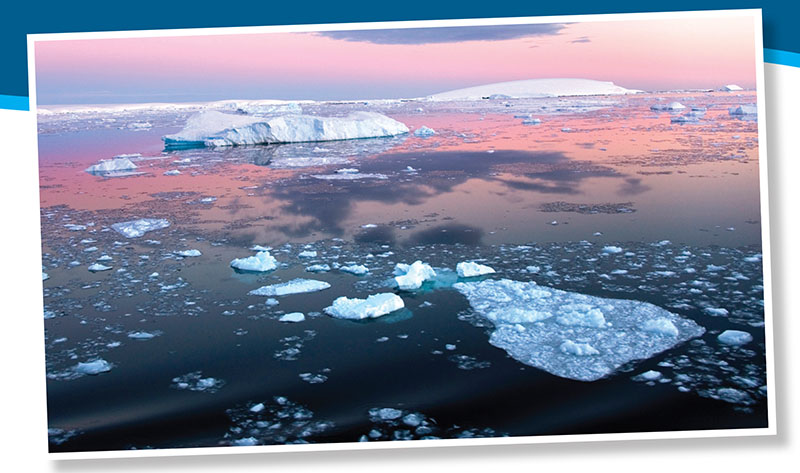
“The ice was here, the ice was there,
The ice was all around:
It cracked and growled, and roared
and howled,
Like noises in a swound.”
Dee knew what it was like to be alone on the sea for a very long time. That’s where she was now. She set her radar at ten miles and at five miles. She had to be sure. She had to know. She had to be able to detect anything, anything at all on the surface of the wild Southern Ocean coming towards her fragile 22 metre (72 feet) yacht, Aviva.
No beeps or blips. Nothing. That didn’t seem right. There must be, there had to be the biggest, deadliest danger of all… ICEBERGS.
Dee hardly slept. The next day, March 3rd 2006, she came up on deck and there they were, six of them, like assassins who had crept up on her in the middle of the night.

As Dee later wrote, “If you run into an iceberg it can rip open even a steel yacht as easily a can opener.” If an iceberg could sink the Titanic what chance would her little yacht have against a foating mountain of ice of which about only one ninth was visible above the ocean surface.
Dee was on her own. She prepared for the worst. Quick! Shut the steel watertight doors on the yacht. Get emergency supplies ready: food, water, a GPS, a radio, batteries. Dee had to be organised if she was forced to abandon Aviva and take to the life raft. She was isolated as she could be, far from the main shipping lanes. Any rescue operation would take at least a week.
Dee waited and sailed. Slowly. Watching the icebergs, day and night. She realised she had only slept for eight hours in nine days. More days and sleepless nights followed. Only four knots of breeze at best.
When Dee Caffari entered the perilous ice zone she had still 11,000 miles to go. She sent an e-mail. I am at my wits’ end, she wrote. I don’t think I can take much more.
But then, almost as suddenly as the icebergs found Dee, they left her. The wind rose. Aviva picked up speed. Soon the only iceberg left was on the distant horizon. Dee wrote down what she felt:
“Aviva and I had come out the other side of our ordeal. I believed that we could handle anything else that happened. We were going to complete this adventure. However hard it was at times, I reminded myself that I was out here doing something I had dreamt of all my life.”
It wasn’t the beginning or even the end of Dee’s troubles. Earlier, the autopilot had failed. Ropes had snapped. Lightning had damaged the mast. Equipment failed. More storms came. More sleepless nights. Eventually, Dee sails around the Cape Of Good Hope on April 3rd. Back in the Atlantic she sails north over the Equator, agonisingly slowly through the windless part of the ocean known as the Doldrums.
On May 18th 2006 Dee Caffari crossed the fnish line at Lizard Point in Cornwall, becoming the frst woman ever to sail alone, non-stop, around the world against the prevailing winds and currents, a journey of six months and 29,227 miles.
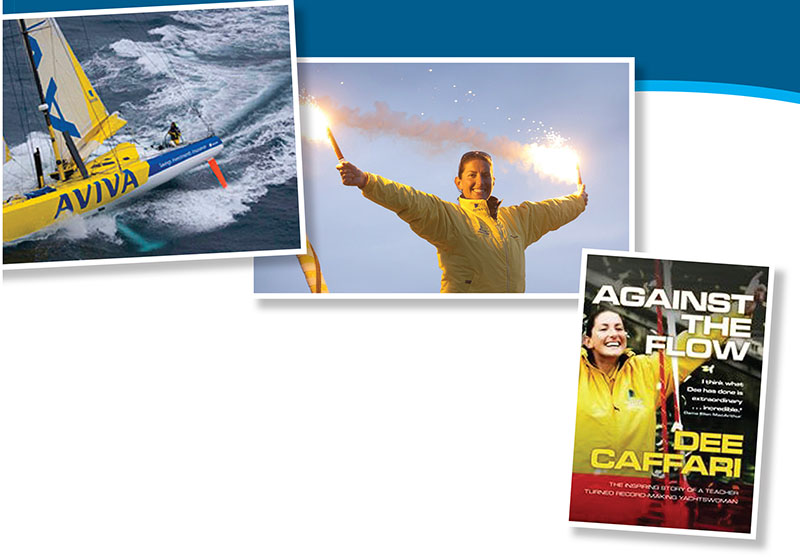
At the end of her book about her book about her extraordinary world-beating voyage, Dee writes:
“I learnt I possessed an inner strength that I am convinced we all have hidden inside ourselves. It takes determination and perseverance to make it through the hard times and achieve a goal. Life outside the comfort zone is all about taking small steps – but you can do more than you think you can. You just have to dare to dream.”
Written by Laurence Brady
With thanks to Dee Caffari, MBE

